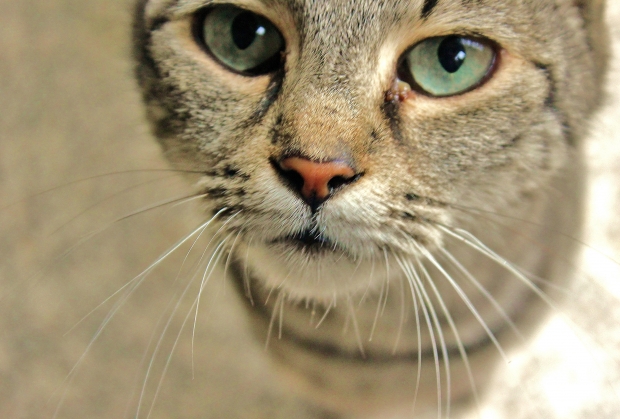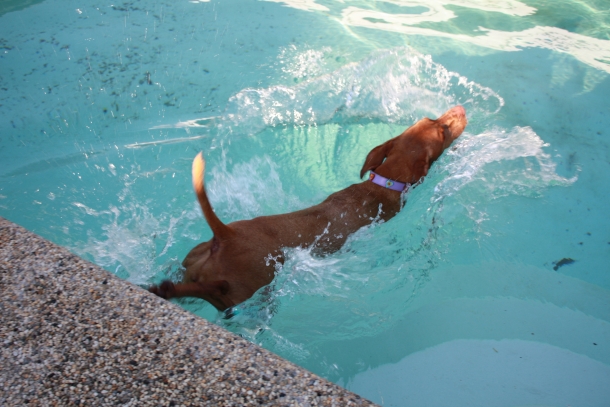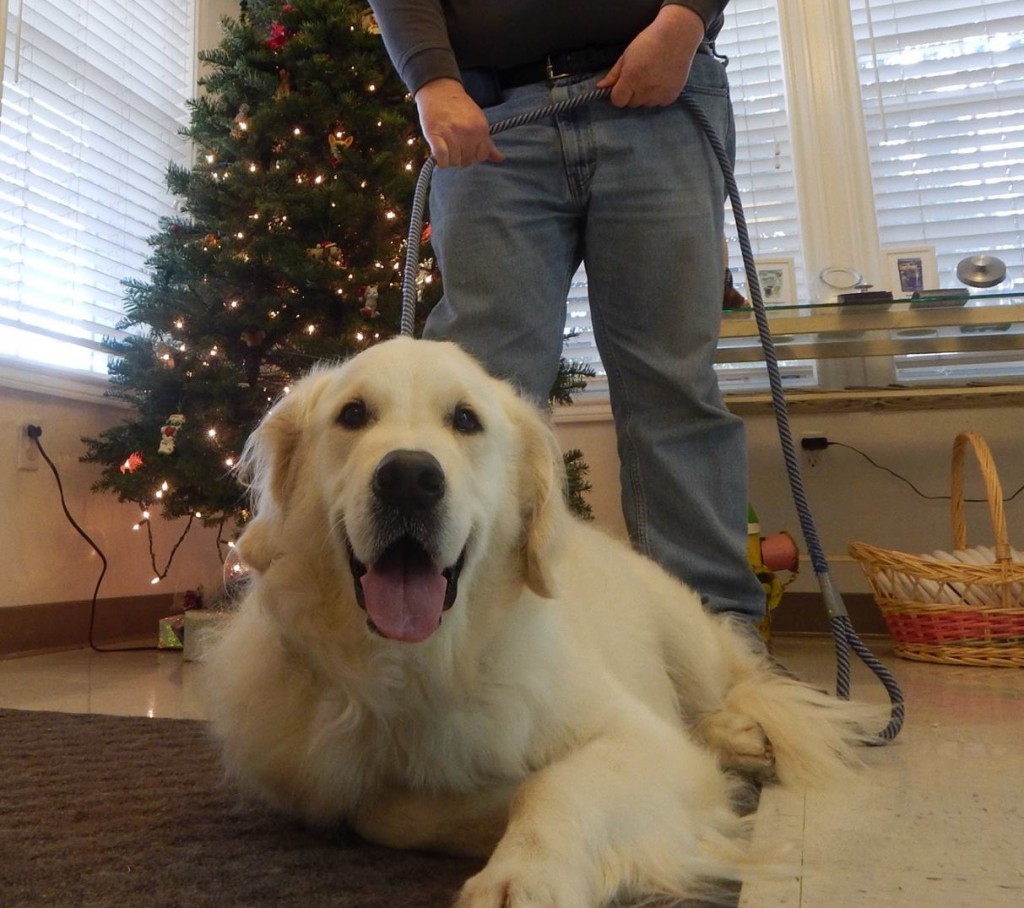 Winter is the season of cold and for some areas, numbing wetness. Make sure your pets stay safe and warm by following these simple guidelines.
Winter is the season of cold and for some areas, numbing wetness. Make sure your pets stay safe and warm by following these simple guidelines.
Tag: Safety
Feline Rabies Treatment and Management
 Feline Rabies is an inflammatory infection that specifically affects the gray matter of the cat’s brain and its central nervous system (CNS). The primary way the rabies virus is transmitted to cats in the United States is through a bite from a disease carrier: foxes, raccoons, skunks, and bats. Infectious virus particles are retained in a rabid animal’s salivary glands to better disseminate the virus through their saliva.
Feline Rabies is an inflammatory infection that specifically affects the gray matter of the cat’s brain and its central nervous system (CNS). The primary way the rabies virus is transmitted to cats in the United States is through a bite from a disease carrier: foxes, raccoons, skunks, and bats. Infectious virus particles are retained in a rabid animal’s salivary glands to better disseminate the virus through their saliva.
Once the virus enters the cat’s body, it replicates in the cells of the muscles and then spreads to the closest nerve fibers, including all peripheral, sensory and motor nerves, traveling from there to the CNS via fluid within the nerves. The virus can take up to a month to develop, but once the symptoms have begun, the virus progresses rapidly.
Walking Your Dog In The Summer
Water Safety Tips For Dogs
 Swimming can be a great way for your pet to exercise and cool down in the summer heat, but while some dogs were practically born to swim, not all dogs are equipped for the water—both mentally and physically. When bringing your canine companion along to join the fun on the water this summer, be sure to keep their safety in mind.
Swimming can be a great way for your pet to exercise and cool down in the summer heat, but while some dogs were practically born to swim, not all dogs are equipped for the water—both mentally and physically. When bringing your canine companion along to join the fun on the water this summer, be sure to keep their safety in mind.
Read more to find out All Pet’s top water safety tips for a summer well-spent.
Importance of Pet Vaccines
Like us humans, there are dozens of illnesses that your dog can be exposed to at any minute. In an effort to keep pets safe, vaccines have been developed and improved upon over the years. Like many things in this world, vaccines do carry their pros and cons, along with certain key risks ranging from minor to major. At All Pets Veterinary Medical Center, we want you to be advised about the careful planning of getting your loved pet vaccine injections, and we will cover with you the different routines followed.


















